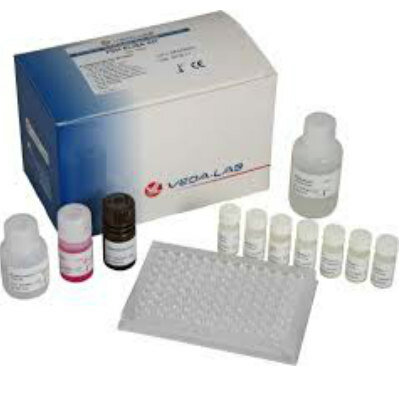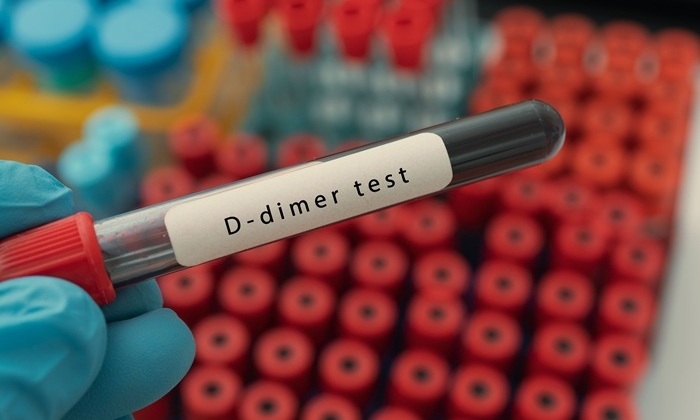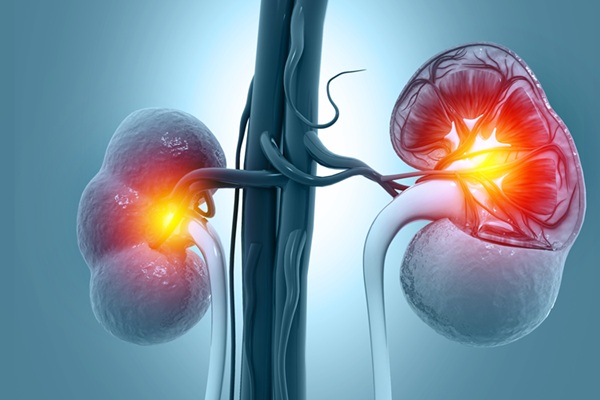Blood Glucose in Hospitalized Patients Predicts Diabetes Risk
|
By LabMedica International staff writers Posted on 03 Sep 2014 |
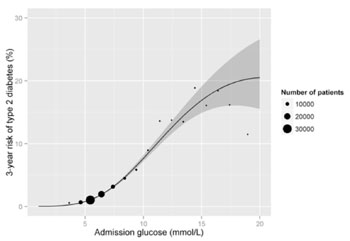
Image: The three year risk of type 2 diabetes by admission glucose. The solid line represents the estimate and the ribbon represents the 95% confidence intervals (Graph courtesy of the Public Library of Science).
Blood glucose levels measured in hospitalized adults during acute illness can be used to predict the risk of developing type 2 diabetes over the following three years.
Many patients admitted to hospital because of an acute illness have hyperglycemia, an abnormally high blood glucose level which can be caused by the drugs that patients are taking for existing conditions or may be stress hyperglycemia.
Scientists at the University of Edinburgh (UK) carried out a retrospective cohort study on patients aged 30 years or older with an emergency admission to hospital between 2004 and 2008. They obtained measurements of blood glucose levels on admission for 86,634 patients who were admitted to a hospital for an acute illness and identified those patients who developed type 2 diabetes up to December 2011.
The investigators found that the overall three year risk of developing type 2 diabetes was 2.3%, with the risk of developing diabetes increased linearly with increasing blood glucose level at admission. The three year risk of type 2 diabetes was 1% for patients with a glucose level of less than 5 mmol/L (90 mg/dL) and increased to approximately 15% for patients with glucose of 15 mmol/L (270 mg/dL) or more. The team developed a risk calculator that uses the patient's age, sex, and admission blood glucose level to predict risk of developing diabetes over three years following hospital admission.
The scientists confirm that single measures using the WHO cut-points for diagnosing diabetes, which are not based upon studies that measured glucose in the emergency setting cannot be directly applied in acutely unwell patients with hyperglycemia. They found that 90% of patients with admission glucose of 11.1 mmol/L (200 mg/dL) were not diagnosed with diabetes within three years of discharge from the hospital.
The authors conclude that the three year risk of type 2 diabetes was less than 1% for patients with a glucose of less than or equal to 5 mmol/L and increased linearly to approximately 15% at 15 mmol/L, above which there was no further increase in risk. Mortality was also 1.5-fold higher in patients with glucose levels of 11.1 to 15 mmol/L compared to those with glucose levels less than 6.1 mmol/L. These findings can be used to inform individual patients of their long-term risk of type 2 diabetes and to offer lifestyle advice as appropriate. The study was published on August 19, 2014, in the journal Public Library of Science Medicine.
Related Links:
University of Edinburgh
Many patients admitted to hospital because of an acute illness have hyperglycemia, an abnormally high blood glucose level which can be caused by the drugs that patients are taking for existing conditions or may be stress hyperglycemia.
Scientists at the University of Edinburgh (UK) carried out a retrospective cohort study on patients aged 30 years or older with an emergency admission to hospital between 2004 and 2008. They obtained measurements of blood glucose levels on admission for 86,634 patients who were admitted to a hospital for an acute illness and identified those patients who developed type 2 diabetes up to December 2011.
The investigators found that the overall three year risk of developing type 2 diabetes was 2.3%, with the risk of developing diabetes increased linearly with increasing blood glucose level at admission. The three year risk of type 2 diabetes was 1% for patients with a glucose level of less than 5 mmol/L (90 mg/dL) and increased to approximately 15% for patients with glucose of 15 mmol/L (270 mg/dL) or more. The team developed a risk calculator that uses the patient's age, sex, and admission blood glucose level to predict risk of developing diabetes over three years following hospital admission.
The scientists confirm that single measures using the WHO cut-points for diagnosing diabetes, which are not based upon studies that measured glucose in the emergency setting cannot be directly applied in acutely unwell patients with hyperglycemia. They found that 90% of patients with admission glucose of 11.1 mmol/L (200 mg/dL) were not diagnosed with diabetes within three years of discharge from the hospital.
The authors conclude that the three year risk of type 2 diabetes was less than 1% for patients with a glucose of less than or equal to 5 mmol/L and increased linearly to approximately 15% at 15 mmol/L, above which there was no further increase in risk. Mortality was also 1.5-fold higher in patients with glucose levels of 11.1 to 15 mmol/L compared to those with glucose levels less than 6.1 mmol/L. These findings can be used to inform individual patients of their long-term risk of type 2 diabetes and to offer lifestyle advice as appropriate. The study was published on August 19, 2014, in the journal Public Library of Science Medicine.
Related Links:
University of Edinburgh
Latest Clinical Chem. News
- Carbon Nanotubes Help Build Highly Accurate Sensors for Continuous Health Monitoring
- Paper-Based Device Boosts HIV Test Accuracy from Dried Blood Samples
- AI-Powered Raman Spectroscopy Method Enables Rapid Drug Detection in Blood
- Novel LC-MS/MS Assay Detects Low Creatinine in Sweat and Saliva
- Biosensing Technology Breakthrough Paves Way for New Methods of Early Disease Detection
- New Saliva Test Rapidly Identifies Paracetamol Overdose
- POC Saliva Testing Device Predicts Heart Failure in 15 Minutes

- Screening Tool Detects Multiple Health Conditions from Single Blood Drop
- Integrated Chemistry and Immunoassay Analyzer with Extensive Assay Menu Offers Flexibility, Scalability and Data Commutability
- Rapid Drug Test to Improve Treatment for Patients Presenting to Hospital
- AI Model Detects Cancer at Lightning Speed through Sugar Analyses
- First-Ever Blood-Powered Chip Offers Real-Time Health Monitoring
- New ADLM Guidance Provides Expert Recommendations on Clinical Testing For Respiratory Viral Infections
- 3D Printed Point-Of-Care Mass Spectrometer Outperforms State-Of-The-Art Models
- POC Biomedical Test Spins Water Droplet Using Sound Waves for Cancer Detection
- Highly Reliable Cell-Based Assay Enables Accurate Diagnosis of Endocrine Diseases
Channels
Molecular Diagnostics
view channel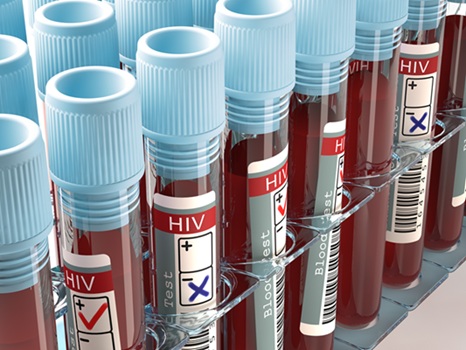
Novel Point-of-Care Technology Delivers Accurate HIV Results in Minutes
HIV diagnostic methods have traditionally relied on detecting HIV-specific antibodies, which typically appear weeks after infection. This delayed detection has hindered early diagnosis, complicating patient... Read more
Blood Test Rules Out Future Dementia Risk
Previous studies have suggested that specific biomarkers, such as tau217, Neurofilament Light (NfL), and Glial Fibrillary Acidic Protein (GFAP), may be valuable for early dementia diagnosis.... Read moreHematology
view channel
New Scoring System Predicts Risk of Developing Cancer from Common Blood Disorder
Clonal cytopenia of undetermined significance (CCUS) is a blood disorder commonly found in older adults, characterized by mutations in blood cells and a low blood count, but without any obvious cause or... Read more
Non-Invasive Prenatal Test for Fetal RhD Status Demonstrates 100% Accuracy
In the United States, approximately 15% of pregnant individuals are RhD-negative. However, in about 40% of these cases, the fetus is also RhD-negative, making the administration of RhoGAM unnecessary.... Read moreImmunology
view channel
Stem Cell Test Predicts Treatment Outcome for Patients with Platinum-Resistant Ovarian Cancer
Epithelial ovarian cancer frequently responds to chemotherapy initially, but eventually, the tumor develops resistance to the therapy, leading to regrowth. This resistance is partially due to the activation... Read more
Machine Learning-Enabled Blood Test Predicts Immunotherapy Response in Lymphoma Patients
Chimeric antigen receptor (CAR) T-cell therapy has emerged as one of the most promising recent developments in the treatment of blood cancers. However, over half of non-Hodgkin lymphoma (NHL) patients... Read moreMicrobiology
view channel
New AI-Based Method Improves Diagnosis of Drug-Resistant Infections
Drug-resistant infections, particularly those caused by deadly bacteria like tuberculosis and staphylococcus, are rapidly emerging as a global health emergency. These infections are more difficult to treat,... Read more
Breakthrough Diagnostic Technology Identifies Bacterial Infections with Almost 100% Accuracy within Three Hours
Rapid and precise identification of pathogenic microbes in patient samples is essential for the effective treatment of acute infectious diseases, such as sepsis. The fluorescence in situ hybridization... Read more
Innovative ID/AST System to Help Diagnose Infectious Diseases and Combat AMR
Each year, 11 million people across the world die of sepsis out of which 1.3 million deaths are due to antibiotic-resistant bacteria. The burden of antimicrobial resistance (AMR) continues to weigh heavily,... Read more
Gastrointestinal Panel Delivers Rapid Detection of Five Common Bacterial Pathogens for Outpatient Use
Acute infectious gastroenteritis results in approximately 179 million cases each year in the United States, leading to a significant number of outpatient visits and hospitalizations. To address this, a... Read morePathology
view channel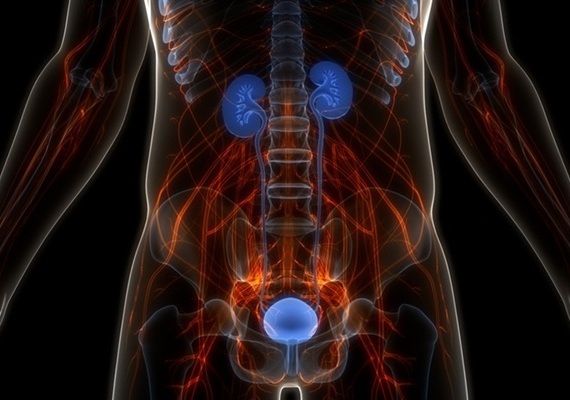
AI Model Predicts Patient Response to Bladder Cancer Treatment
Each year in the United States, around 81,000 new cases of bladder cancer are diagnosed, leading to approximately 17,000 deaths annually. Muscle-invasive bladder cancer (MIBC) is a severe form of bladder... Read more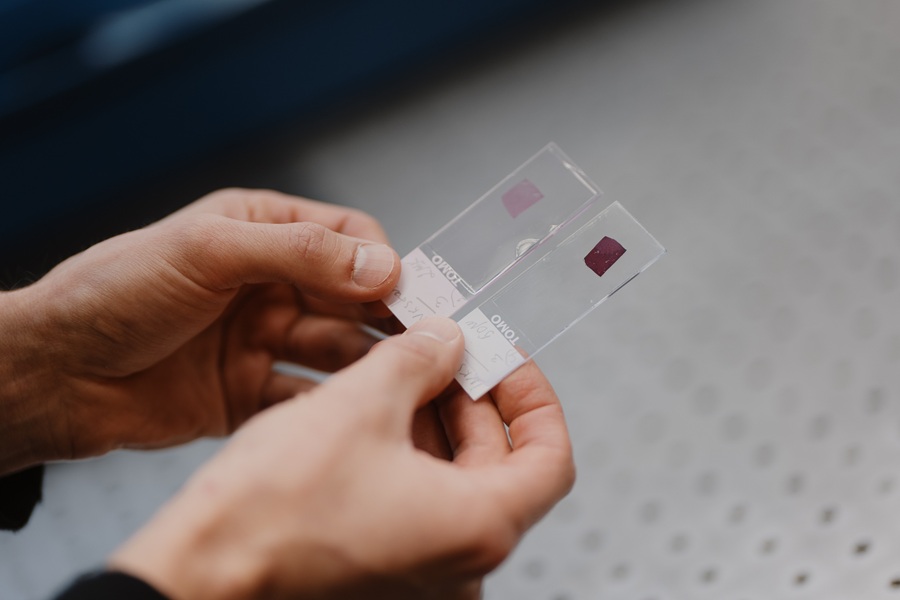
New Laser-Based Method to Accelerate Cancer Diagnosis
Researchers have developed a method to improve cancer diagnostics and other diseases. Collagen, a key structural protein, plays various roles in cell activity. A novel multidisciplinary study published... Read more
New AI Model Predicts Gene Variants’ Effects on Specific Diseases
In recent years, artificial intelligence (AI) has greatly enhanced our ability to identify a vast number of genetic variants in increasingly larger populations. However, up to half of these variants are... Read more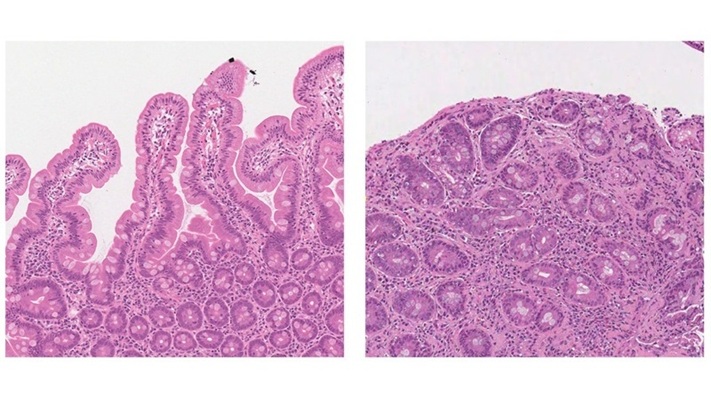
Powerful AI Tool Diagnoses Coeliac Disease from Biopsy Images with Over 97% Accuracy
Coeliac disease is an autoimmune disorder triggered by the consumption of gluten, causing symptoms such as stomach cramps, diarrhea, skin rashes, weight loss, fatigue, and anemia. Due to the wide variation... Read moreTechnology
view channel
Innovative, Label-Free Ratiometric Fluorosensor Enables More Sensitive Viral RNA Detection
Viruses present a major global health risk, as demonstrated by recent pandemics, making early detection and identification essential for preventing new outbreaks. While traditional detection methods are... Read more
Smartphones Could Diagnose Diseases Using Infrared Scans
Rapid advancements in technology may soon make it possible for individuals to bypass invasive medical procedures by simply uploading a screenshot of their lab results from their phone directly to their doctor.... Read more
Novel Sensor Technology to Enable Early Diagnoses of Metabolic and Cardiovascular Disorders
Metabolites are critical compounds that fuel life's essential functions, playing a key role in producing energy, regulating cellular activities, and maintaining the balance of bodily systems.... Read more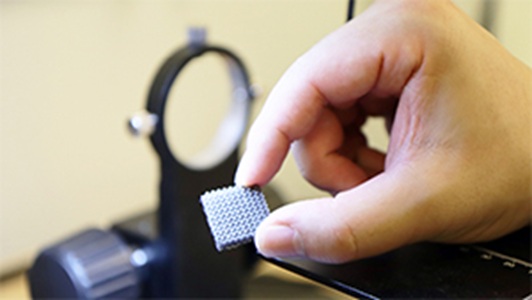
3D Printing Breakthrough Enables Large Scale Development of Tiny Microfluidic Devices
Microfluidic devices are diagnostic systems capable of analyzing small volumes of materials with precision and speed. These devices are used in a variety of applications, including cancer cell analysis,... Read moreIndustry
view channel
Grifols and Tecan’s IBL Collaborate on Advanced Biomarker Panels
Grifols (Barcelona, Spain), one of the world’s leading producers of plasma-derived medicines and innovative diagnostic solutions, is expanding its offer in clinical diagnostics through a strategic partnership... Read more




